Florida (US)
Overview Florida Keys National Marine Sanctuary (FKNMS) TNC played a vital role in establishing the Florida Keys NMS and helped to fund and manage a volunteer program to help with specific science and…
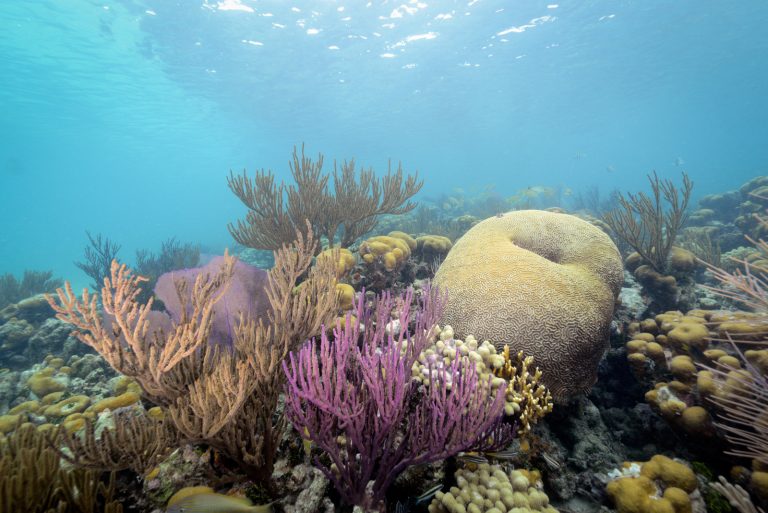
Overview Florida Keys National Marine Sanctuary (FKNMS) TNC played a vital role in establishing the Florida Keys NMS and helped to fund and manage a volunteer program to help with specific science and…
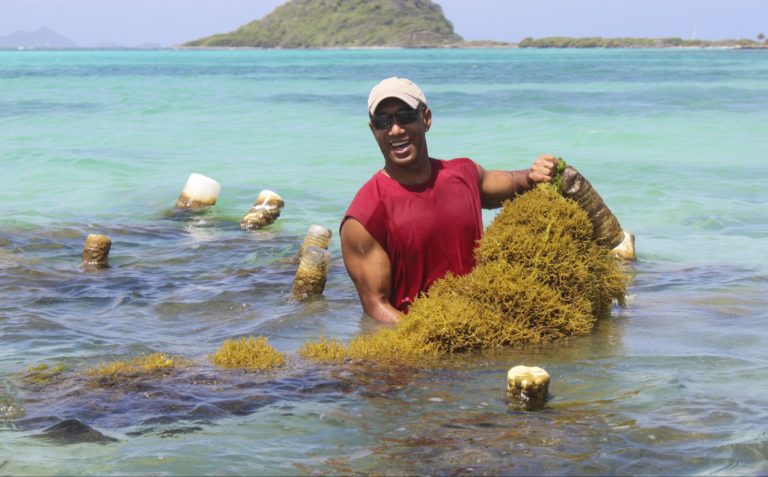
Overview The Nature Conservancy supported a project to create a framework for a multi-use zoning plan for the Grenada Bank – an offshore area encompassing waters from both Grenada and St. Vincent and…
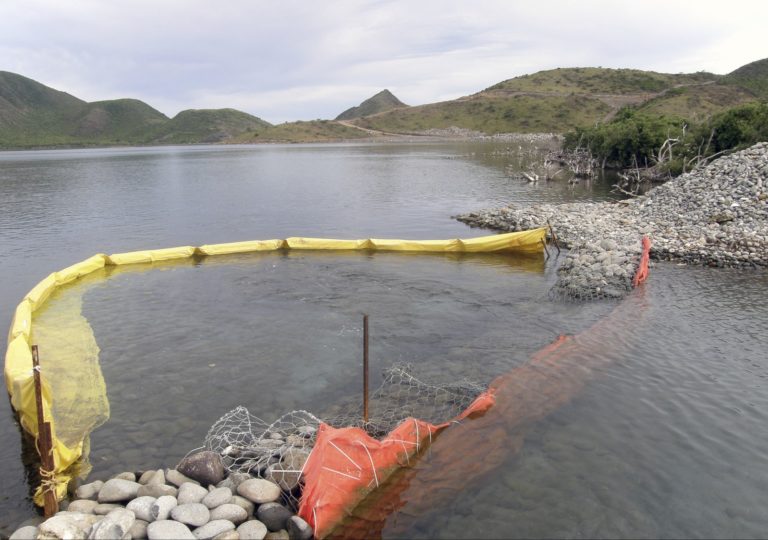
Overview In 2010, TNC, in collaboration with the Maritime Administration conducted an MSP exercise and drafted a marine zoning design for St. Kitts and Nevis (SKN) under the Marine and Coastal Biodiversity Threat…
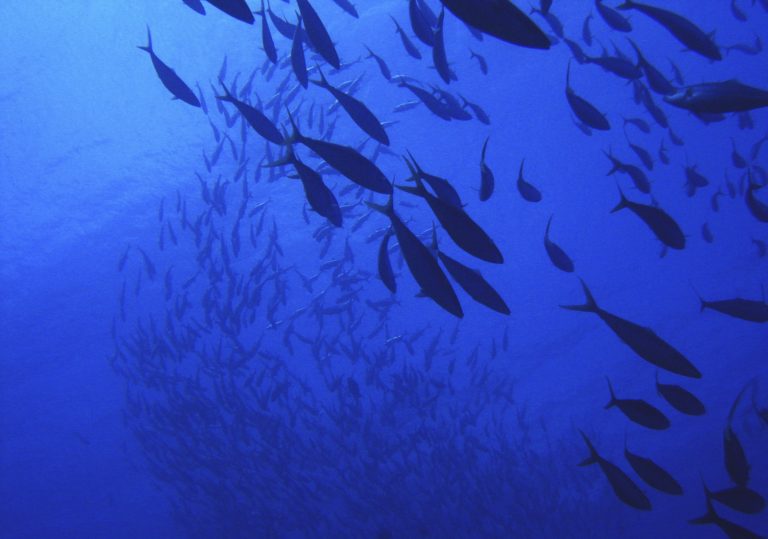
Overview The Federated States of Micronesia (FSM) is comprised of 4 states (Yap, Chuuk, Pohnpei, and Kosrae) and includes 607 islands spread over 1 million mi2 of the western Pacific Ocean. Its coral reefs, estimated at 14,517…
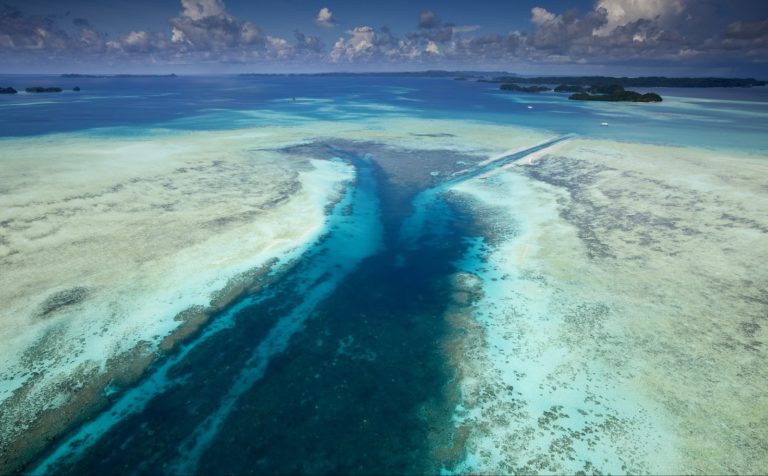
Overview Conservation in Palau extends back for thousands of years and is an integral part of Palauan culture. Palau has a growing and robust environmental sector, comprised of government, nonprofit, academic, and business…
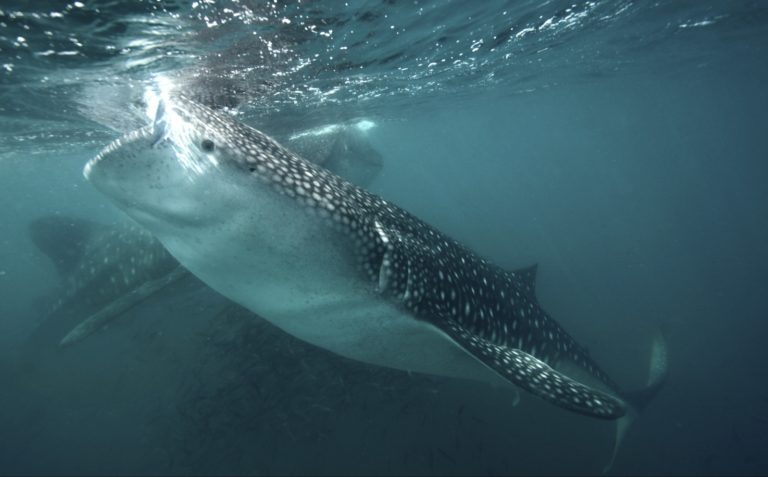
Overview The Gulf of California’s fisheries, which include shrimp, squid, tuna and sardines, account for 70% of Mexico’s fishing and contribute USD $ 900 million annually to its economy. The spectacular natural beauty…
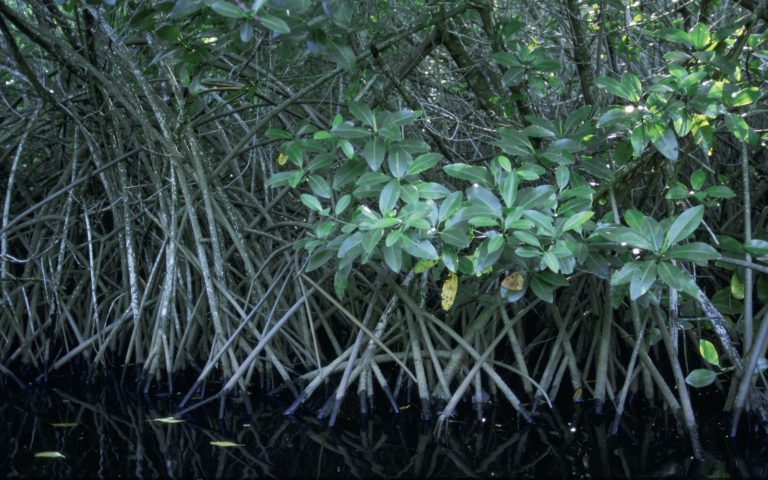
Overview Marismas Nacionales’ extensive brackish lagoons and 220,000 hectares of mangroves makes it a wetland of international importance. This ecosystem provides important environmental services for the world and its inhabitants, by providing fertile…
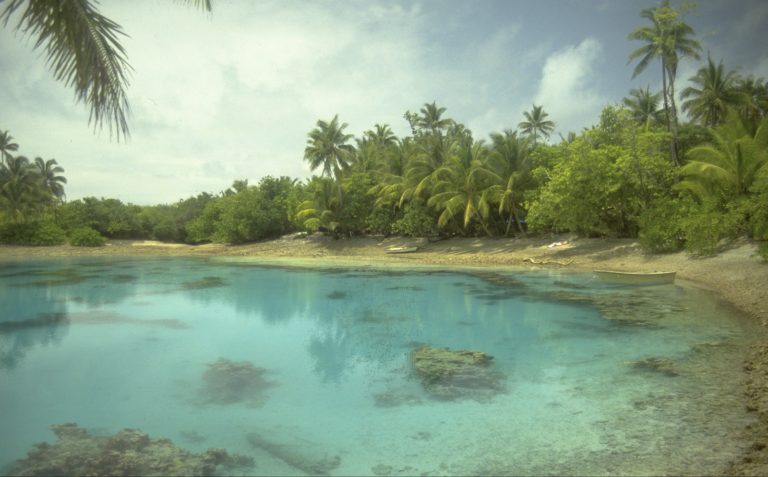
Overview The Marshall Islands represent a unique case for conservation planning due to their geographic isolation, lack of substantial environmental data, high levels of subsistence use of natural resources, and traditional land-tenure and…
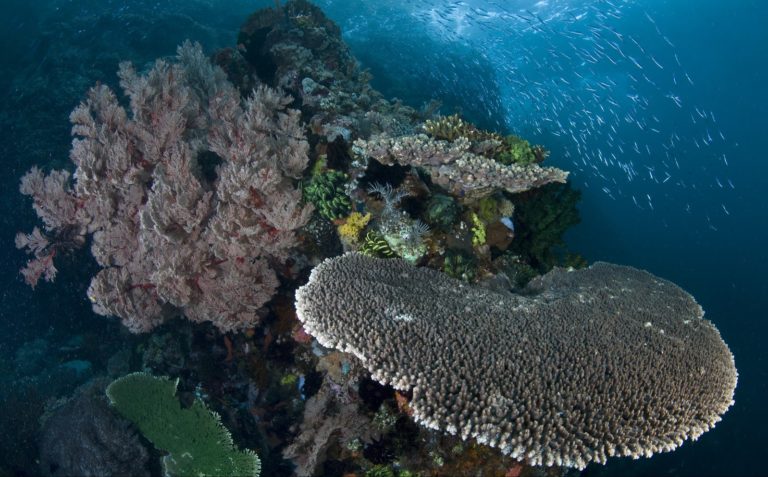
Overview Due to its unique oceanographic features, including deep trenches, strong currents, and areas of upwelling, the Savu Sea is an important habitat and migratory corridor for cetaceans and turtles, a key nursery…
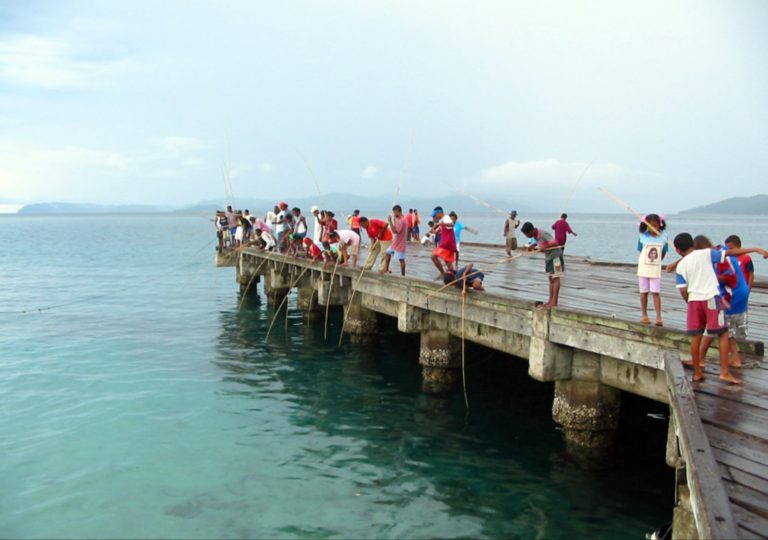
Overview The Raja Ampat, or Four Kings, archipelago encompasses some four million hectares of land and sea off the northwestern tip of Indonesia’s West Papua Province. It is located in the Coral Triangle,…
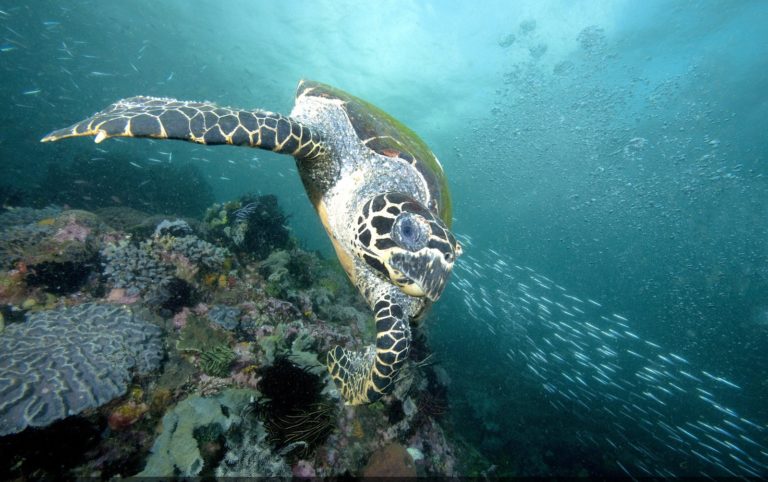
In 2013, the Coral Triangle Initiative Seascape Working Group identified Lesser Sunda as Indonesia’s top conservation priority. In the face of increasing interest by the Indonesian government to promote short-sea shipping in Indonesia,…
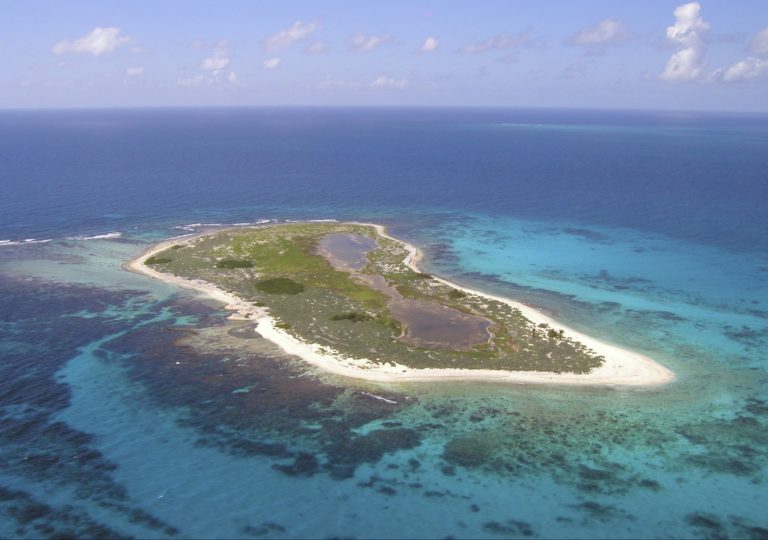
Overview Located approximately 50 miles (80 km) southwest of Jamaica, Pedro Bank is a biologically and economically-significant area. Its three sandy islands (cays) are composed of coral reefs, sand, and sea grass beds….
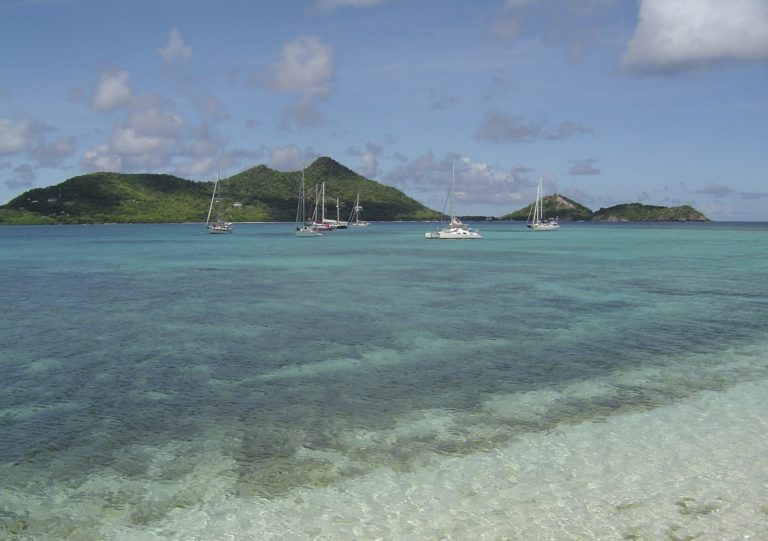
Overview Grenada has been a leader in the Caribbean Challenge Initiative, which calls for sustainably managing and protecting 20% of the Caribbean’s marine and coastal ecosystems by 2020. Grenada’s Marine Protected Network spans its…

Overview The ECMMAN project helps six Eastern Caribbean realize national and regional commitments to protect their nearshore and marine resources under the Caribbean Challenge Initiative, among other environmental commitments and policies. The marine…
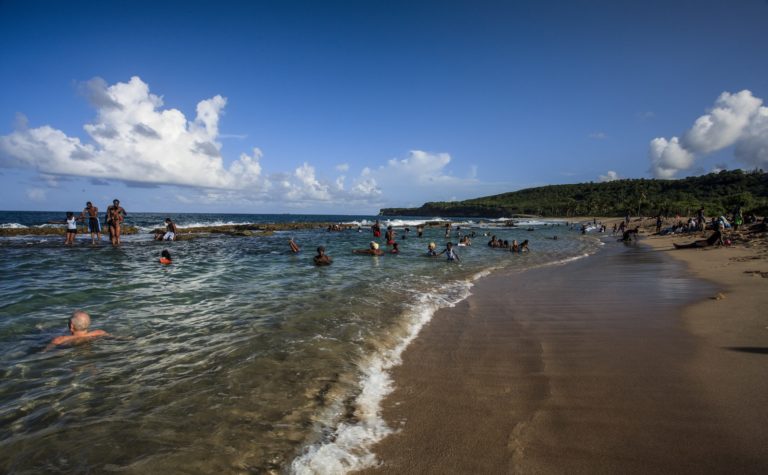
Overview Ocean resources in the Caribbean have the potential to make a much greater contribution to poverty reduction and shared prosperity for the region’s growing population of 40 million, and to increase their…